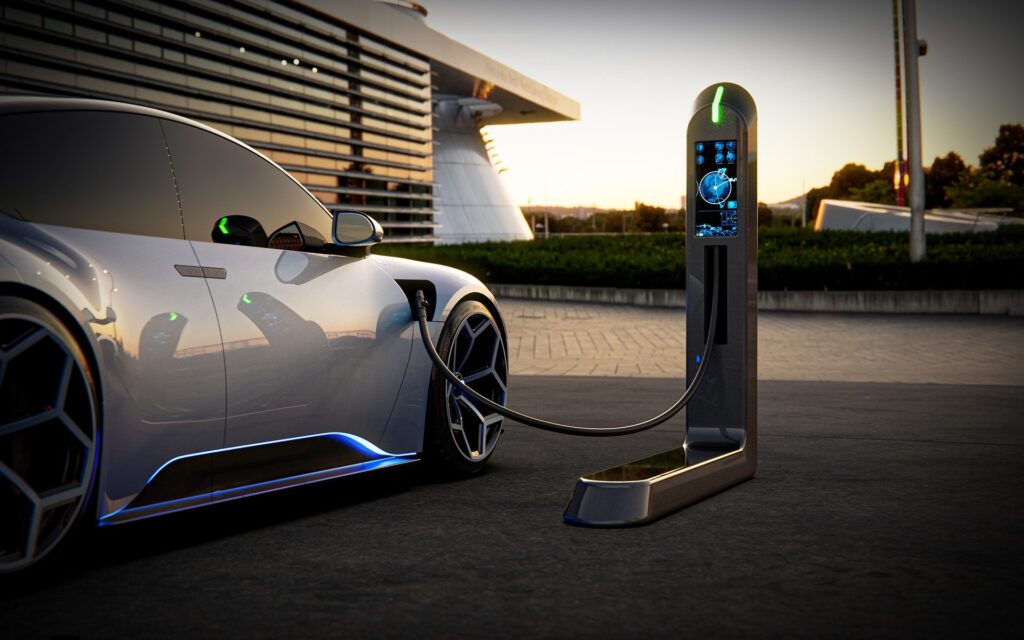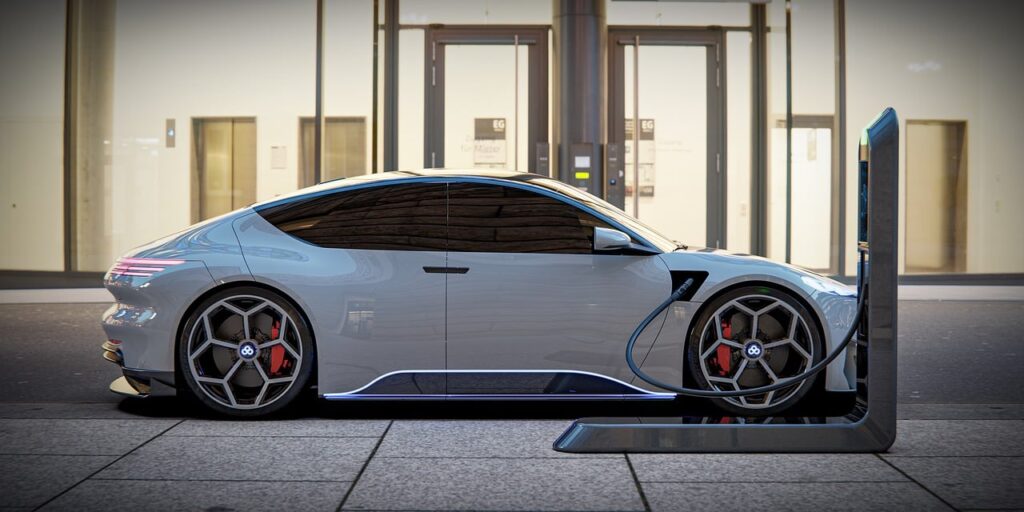The global automobile industry is undergoing a significant transformation, with a growing shift toward electric (EV) and hybrid vehicles. Europe, in particular, is at the forefront of this transition, as many countries are aiming to reduce carbon emissions and phase out fossil fuel-powered cars by 2035. This push has led to a rise in the popularity of EVs (Electric Vehicles) and Hybrid Vehicles, but a key question remains—which one is more effective for Europe?
In this article, we will explore the advantages and disadvantages of EVs and Hybrid cars, their impact on the European market, and which option is the better choice for consumers.

Photo: Collected
What is an EV (Electric Vehicle)?
An Electric Vehicle (EV) is powered entirely by a battery and does not use an internal combustion engine (ICE). The battery stores electrical energy, which powers the motor to drive the wheels.
✅ Advantages of EVs:
✔ Environmentally Friendly: EVs produce zero emissions, making them an excellent choice for reducing pollution and combating climate change.
✔ Lower Operating Costs: Electricity is generally cheaper than petrol or diesel, and EVs have fewer moving parts, reducing maintenance expenses.
✔ Government Incentives & Tax Benefits: Many European countries offer tax reductions, subsidies, and free public charging to encourage EV adoption.
✔ Technological Advancements: EV battery technology is constantly improving, increasing efficiency and range.

Photo: Collected
❌ Disadvantages of EVs:
✖ Limited Charging Infrastructure: Although Europe is expanding its charging network, rural areas still face accessibility issues.
✖ Longer Charging Time: Fully charging an EV can take anywhere from 30 minutes to several hours, which is much longer than refueling a petrol/diesel vehicle.
✖ Reduced Efficiency in Cold Weather: Cold temperatures can significantly reduce battery efficiency, lowering the car’s range.
✖ Higher Initial Cost: EVs are generally more expensive to purchase than hybrid or fuel-powered cars.
—
What is a Hybrid Vehicle?
A Hybrid Vehicle uses both a battery and an internal combustion engine (petrol/diesel) to operate. It can switch between battery power and fuel-based power, optimizing efficiency based on driving conditions. Typically, the battery operates at lower speeds, while the fuel engine is used for higher speeds or long distances.

Photo: Collected
✅ Advantages of Hybrid Vehicles:
✔ Ideal for Long-Distance Travel: Hybrid cars offer a longer driving range than EVs since they can rely on fuel when needed.
✔ No Need for Charging Stations: The battery recharges itself while driving, eliminating the need for external charging stations.
✔ Lower Fuel Consumption: Hybrid cars typically consume 20-30% less fuel than conventional petrol/diesel cars, reducing fuel costs.
✔ Better Performance in Cold Weather: Unlike EVs, hybrid vehicles do not suffer from major performance losses in low temperatures.

Photo: Collected
❌ Disadvantages of Hybrid Vehicles:
✖ Not Zero-Emission: Although hybrid cars are more efficient than traditional fuel-powered vehicles, they still emit CO₂.
✖ Higher Maintenance Costs: Since hybrids have both an engine and a battery system, they can be more expensive to maintain than EVs.
✖ Fewer Government Incentives: Many European countries offer larger subsidies and tax benefits for EVs compared to hybrids.
—
Which One is Better for Europe?
EVs are the Better Choice If:
✔ You drive mainly in cities where charging stations are widely available.
✔ You want lower operational costs and government incentives.
✔ You prefer a completely eco-friendly vehicle with zero emissions.
✔ You have access to home or workplace charging facilities.
Hybrids are the Better Choice If:
✔ You frequently travel long distances and need greater range.
✔ Charging stations are not readily available in your area.
✔ You want a balance between fuel efficiency and battery power.
✔ You need a vehicle that performs well in cold weather.
—
The Future of EVs and Hybrids in Europe
EVs in the Future:
Many European countries plan to ban new petrol and diesel car sales by 2030-2035.
The charging infrastructure is rapidly expanding, making EV adoption easier.
Advances in battery technology will improve charging speeds and increase driving range.
Hybrids in the Future:
Hybrid cars remain a practical option, but their market share may decline as EVs become more affordable and accessible.
Many governments are reducing incentives for hybrid vehicles in favor of fully electric alternatives.
Plug-in Hybrid Electric Vehicles (PHEVs) are gaining popularity, offering a balance between electric and fuel power.
—
Conclusion
Both EVs and Hybrid vehicles have their advantages and disadvantages, but the right choice depends on your driving habits, infrastructure availability, and environmental priorities.
So, which one do you think is more suitable for Europe? Share your thoughts!


